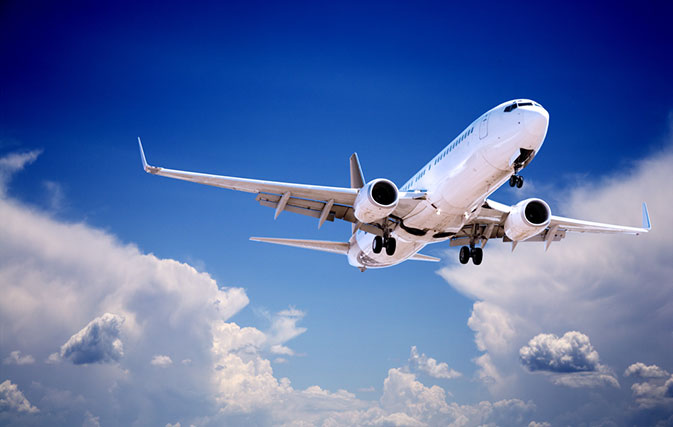CHICAGO — Boeing estimates that it will spend US$1 billion to fix the 737 Max and has pulled its forecast of 2019 earnings because of uncertainty surrounding the jetliner.
The estimate was disclosed today in a presentation for investors as Boeing released first-quarter financial results, which missed Wall Street expectations. A spokesman said the estimate covered higher production costs over the next several years.
Boeing did not go into great detail on the costs of fixing flight-control software that played a role in the crashes or the additional training for pilots. Still, the disclosures gave the clearest picture yet of the financial damage that the accidents are causing to the aerospace giant.
Boeing CEO Dennis Muilenburg repeated that the company is making progress on updating the Max’s software and convincing regulators to let the plane fly again.
Chicago-based Boeing Co. said its previously issued full-year guidance didn’t account for 737 Max impacts. It plans to issue a new guidance at a future date.
The company also said it is suspending stock buybacks.
Boeing reported first-quarter net earnings of $2.15 billion, down $328 million or 13% from a year earlier. Revenue slid $465 million or 2%, to $22.92, on fewer deliveries of 737s.
Investors and consumers have been keeping a closer eye on Boeing since Max jets crashed in October 2018 and March 2019. The accidents have damaged the company’s reputation for safety, caused the worldwide grounding of about 370 Max jets, and raised questions about the U.S. government’s approval of the plane in 2017.
The company said it is making steady progress on the path to final certification for a software update for the 737 MAX, having conducted more than 135 test flights involving the retooled software which limits the plane’s ability to automatically force the nose down in some circumstances.
Preliminary reports indicate that faulty sensor readings caused the software to push the noses of the planes down in both the Oct. 29 crash of a Lion Air jet off the coast of Indonesia and the March 10 crash of an Ethiopian Airlines Max. Boeing began working on a software update to the system immediately after the Lion Air accident.
Investors believe the market for jetliners will remain strong for many years and airlines don’t have much choice for big planes – Boeing and Airbus form a duopoly, and both have huge order backlogs.
Last week, an expert panel of the Federal Aviation Administration judged that a software fix to the Max would be “operationally suitable,” and that airline pilots familiar with previous versions of the 737 won’t need additional time in flight simulators to learn about the new software that is unique to the Max.
Jim Corridore, an airline analyst for CFRA Research, said that while Boeing still has much work to do, the FAA panel’s determination “shows that the return of the plane to flying is now a ‘when’ question rather than ‘if’ … we remain firm in our view that Boeing will survive this with its order book largely intact.”
Last week Transport Minister Marc Garneau said airlines hoping to fly the Boeing 737 Max 8 in Canadian airspace must first train their pilots using a flight simulator.
With files from The Canadian Press
